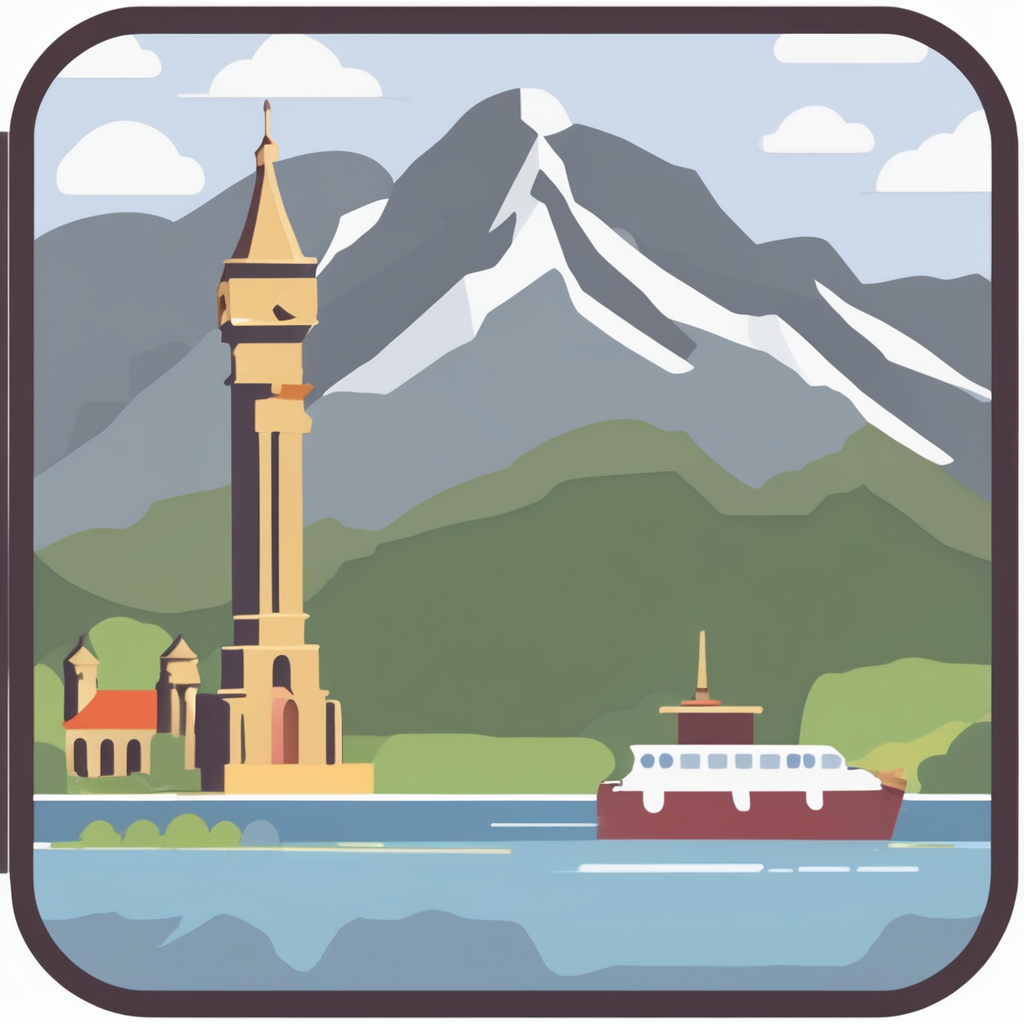Explore New Destinations
Expand your horizons and discover new and exciting destinations with Sib Tours.
Immerse Yourself in Nature
Escape the hustle and bustle of city life and reconnect with the great outdoors.
Relax and Unwind
Need a break from the daily grind?
Learn About Sib Tours
Discover Our Diverse Range
Explore the world of tourism with Sib Tours. We provide valuable insights and up-to-date information in the tourism industry to inspire your next adventure.
Explore Various Aspects of the Tourism Industry
Discover the Beauty of Tourism with Sib Tours
Whether you’re an adventurous soul searching for thrilling excursions or a laid-back traveler in need of a relaxing getaway, Sib Tours has something for everyone.
Discover New Destinations and Experiences
From off-the-beaten-path hidden gems to popular tourist destinations, we offer a wide selection of travel experiences for every type of explorer.
Stay Up-to-Date with the Latest Travel Trends
Our Good Deals and News sections keep you informed about the latest trends and opportunities in the tourism industry.
Information and tips to enrich your travels
Discover our travel section and explore ideas to make your adventures even more enjoyable and inspiring.
Find Inspiration for Your Next Vacation
Looking for your next dream destination?
Travel trends and inspirations
Discover ideas and captivating destinations for your next escapades with Sib Tours.
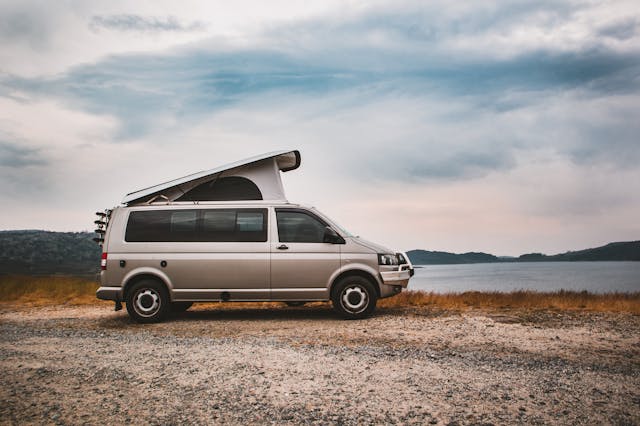
Outdoor experiences
Dive into the world of camping and explore nature through different places and atmospheres.
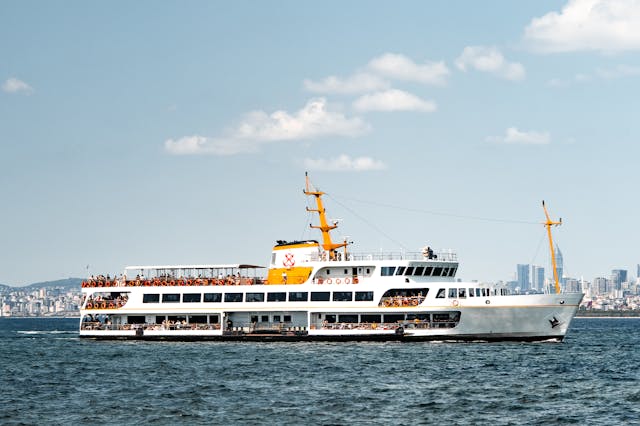
Cruises around the world
Browse information and highlights on various cruises and itineraries around the globe.
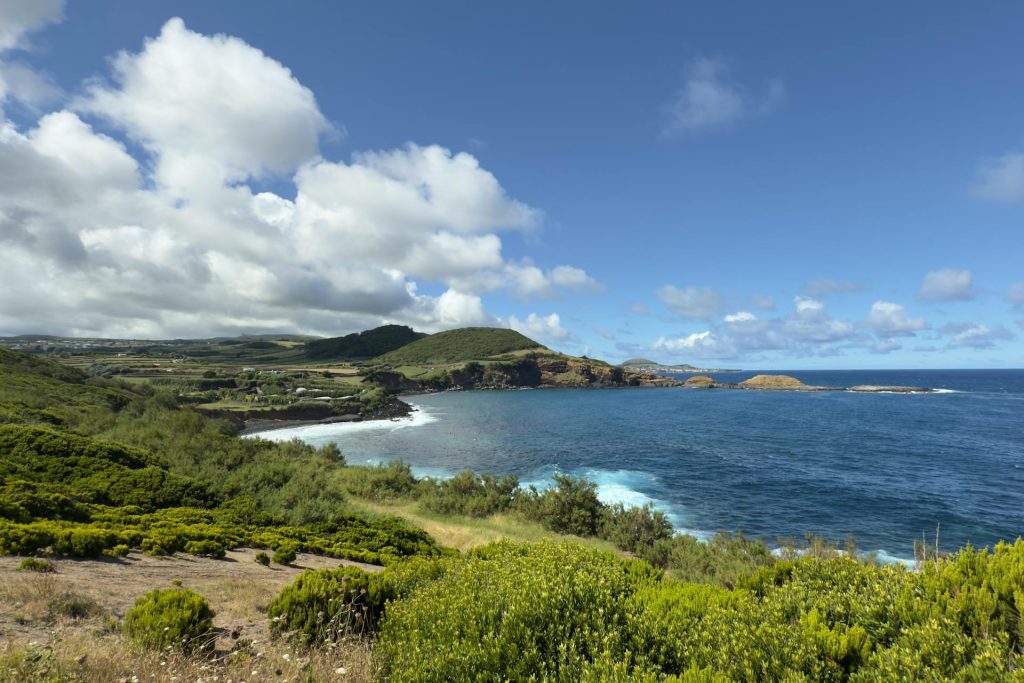
News and updates
Keep yourself informed of the latest news and events in the field of travel.
Ready to plan your next adventure?
Are you feeling the travel bug biting you yet? Sib Tours is here to help you plan your next adventure with ease and excitement.
Blog & News
How Can You Unlock Hidden Travel Deals in the UK?
Immediate Strategies for Uncovering UK Travel Deals Finding the[…]
How Can Visitors Discover Unmissable Experiences in the UK?
Unmissable UK Experiences Every Visitor Should Know Discovering the[…]
How can you experience UK countryside retreats affordably?
Affordable types of UK countryside retreats Discovering affordable accommodation[…]
What are the latest travel restrictions in the UK?
Current UK Entry Requirements for Travelers When planning a[…]
What Are the Must-See Hidden Gems in the UK for Tourists This Year?
Top Hidden Gems to Visit in the UK This[…]
What Are the Latest Tourism Trends Emerging in the UK?
Key Developments in UK Tourism for 2024 The latest[…]
How can tourists enjoy the UK’s iconic landmarks without the crowds?
Practical strategies for visiting iconic UK landmarks without crowds[…]
What Are the Most Underrated Destinations for a Memorable Vacation in the UK?
Underrated Destinations for a Unique UK Vacation Experience Discovering[…]
What Are Hidden Gems for Offbeat Travelers in the UK?
Underrated Villages and Small Towns Across the UK Discovering[…]
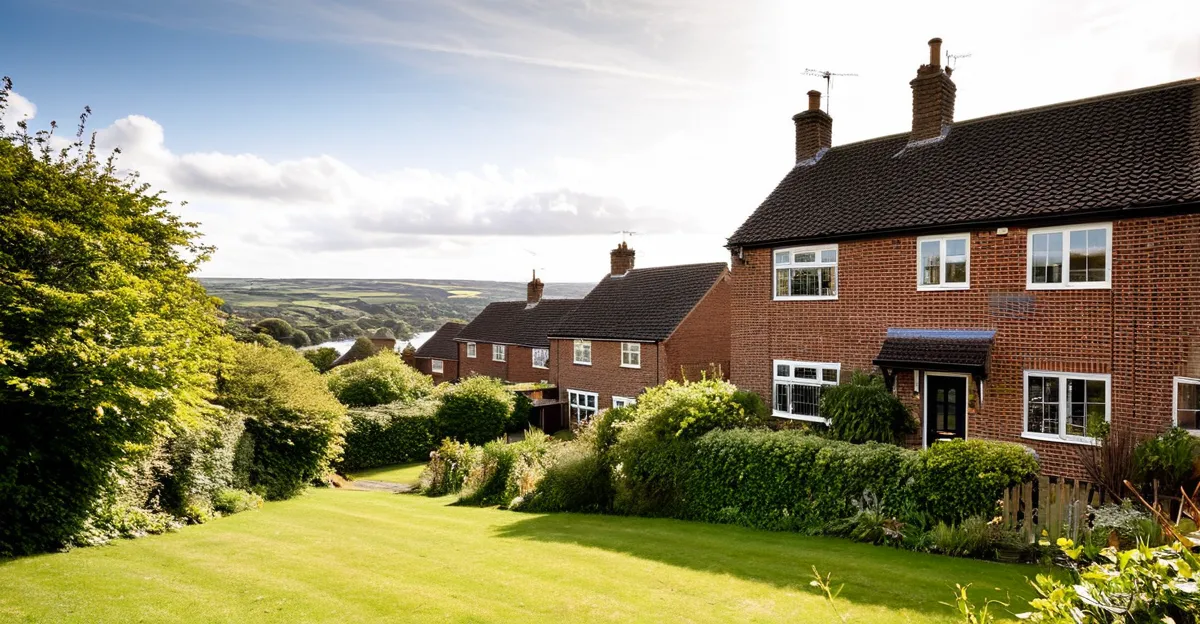
How can you find budget-friendly UK rentals with stunning views?
Finding Budget-Friendly UK Rentals with Stunning Views Finding affordable[…]
How Can Visitors Make the Most of Their Stay with UK Vacation Rentals?
Choosing the Right UK Vacation Rental Choosing the right[…]
How Can Tourists Best Experience Local Life During Their Stay in UK Rentals?
Top Ways to Immerse Yourself in Local UK Culture[…]
How Can You Enjoy Authentic British Traditions on a UK Cruise?
Authentic British Experiences Offered on UK Cruises UK cruise[…]
What Are the Hidden Gems of UK Coastal Towns for Cruise Passengers?
Essential Criteria for Hidden UK Coastal Gems When identifying[…]
How can a UK cruise be ideal for solo travelers?
Key advantages of UK cruises for solo travelers UK[…]
How Can You Best Experience the Iconic Landmarks of the UK Through Sustainable Tourism Practices?
Sustainable Tourism Principles for Visiting UK Landmarks Sustainable tourism[…]
What Can Hidden Gems Tell Us About the Diversity of UK Tourism?
Understanding Hidden Gems in UK Tourism Exploring what makes[…]
Why Should You Consider Visiting the UK’s Unique Landmarks?
Unforgettable Experiences at the UK’s Unique Landmarks Exploring the[…]
How Can Sustainable Practices Improve the Future of UK Tourism?
Defining Sustainable Practices in UK Tourism Sustainable tourism UK[…]
Exploring the Hidden Gems of the UK: What Underrated Destinations Should You Visit?
Top Hidden Gem Destinations in the UK Worth Exploring[…]
How Can Travelers Maximize Their UK Exploration Experience?
Essential UK Destinations for Travelers When exploring the UK,[…]
